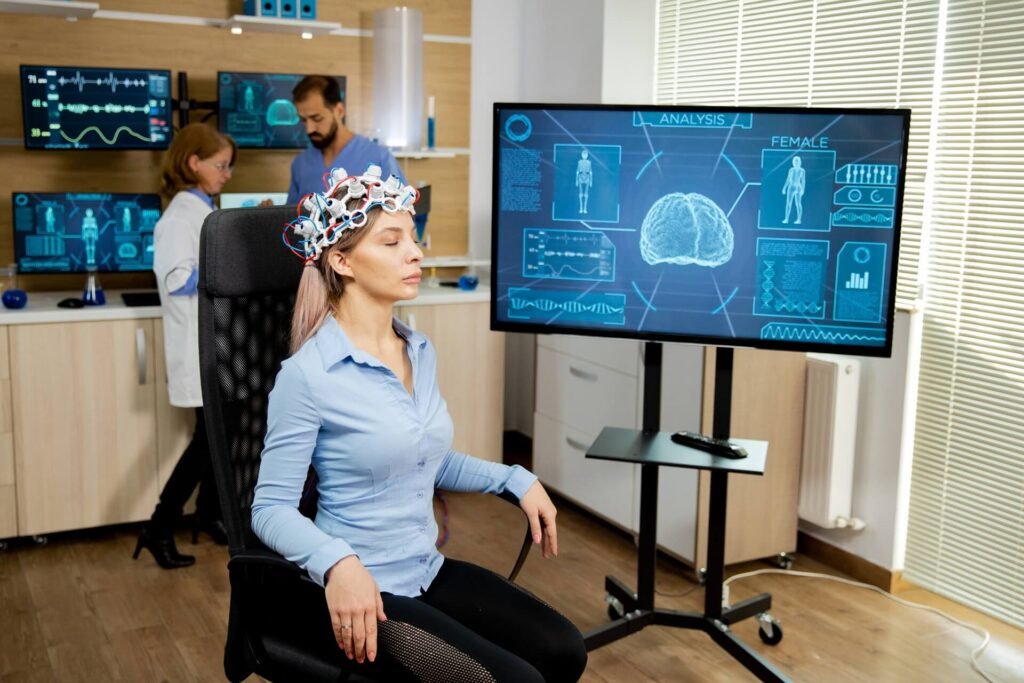Objective:
To determine whether in situ neurofeedback training can be used as a tool to build sustained attention in the general student population and whether gains in attention translate to more effective work habits and learning skills.
Method:
Students participated in attention training game-based neurofeedback in situ for a period of 35 sessions of 25 min each. The study was built as a one-group pretest-posttest quasi-experimental design.
Results:
This study supports that classroom-based neurofeedback may be an effective tool to build sustained attention and translate these gains into observable work habits and learning behaviors including planning and organization.
Conclusion:
Neurofeedback has shown specificity in the treatment of Attention Deficit Hyperactivity Disorder. Published research has not, however, focused on its efficacy in developing attentional capacities in the general population. The promising results of this exploratory investigation warrant further applied research.
Introduction
The 21st century has brought innovations in education that provide more inclusive and accessible classroom environments, deploy technologies that advance digital and media literacies, and reshape pedagogy away from rote memory and toward investigative, collaborative learning (De Corte, 2012; Schleicher, n.d.). Successfully participating in these dynamic learning environments as a student requires fewer knowledge prerequisites and more diverse and adaptive skills, including self-reflective, innovative, collaborative, rational, technological, and problem-solving competences (Child & Shaw, 2015; de Corte, 2010). However, despite sustained efforts and ever-increasing investments from governments and corporate interests (OECD, n.d.), educational outcomes (in aggregate) have not improved as part of both short and long-term global trends (OECD, 2019). This current stagnation in global educational performance (as measured by PISA scores) results from a wide array of factors that may range from classroom pedagogy and assessment methods (Thomson, 2013) to structural components (MacPherson, 2021).
When considering educational systems such as schools or school boards, a broad set of sociological, budgetary, and technological factors impact learning outcomes beyond individual student capabilities: learning is a complex, dynamic, and self-organizing process (van Geert & Steenbeek, 2008). As acknowledged by Daniel (2014), learning science is a fledgling field without the type of applied theory and knowledge that allows policy-makers and educators to shape their practices to optimize student learning. In reviewing relevant literature (e.g., Matthew, 2012; Vorvoreanu, 2014), the authors of this paper have identified sustained attention as a significant factor with an evident gap between attentional demands of 21st century learning and the attentional resources of 21st century students. However, advancements in neuroscience and technology may have opened sustained attention to direct intervention.




